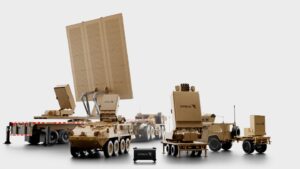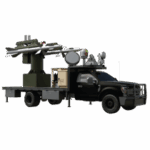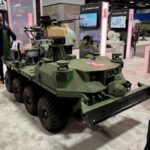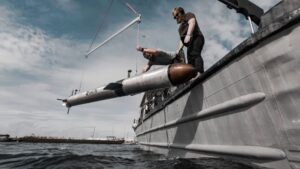
The Navy this summer plans to experiment with high-power microwave (HPM) technology to temporarily disable small surface vessels powered by outboard motors, a test that if successful will showcase the expanded mission set of Epirus’ system that the Army is evaluating to counter swarms of small unmanned aircraft systems (UAS). “We welcome this opportunity to demonstrate the effectiveness of long-pulse HPM technology in another threat environment,” Andy Lowery, CEO of Epirus, said in a statement. “Epirus can defend against a…

 By
By 











